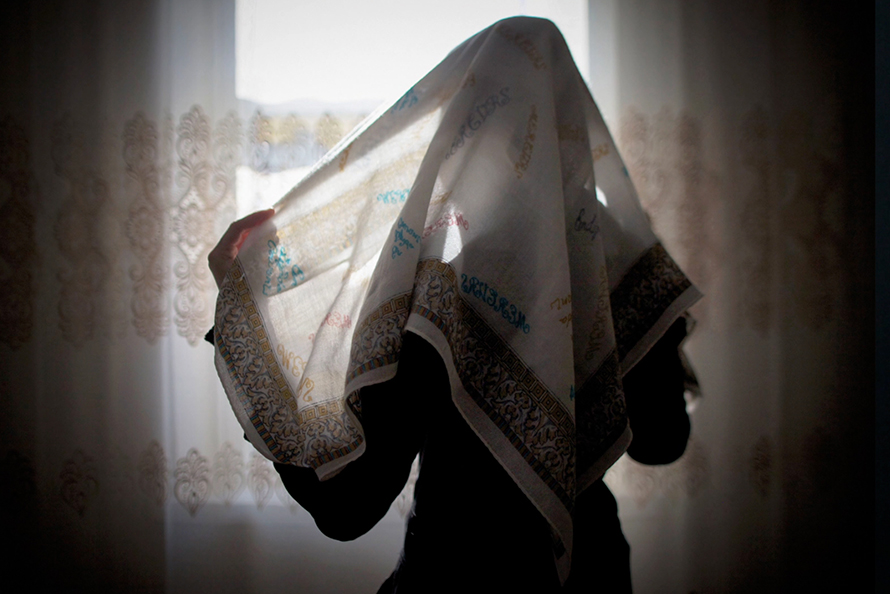 The Veil.
The Veil.
A piece of clothing so simple and yet so relevant, so superficial and yet so deep.
In my ASTU class last week, we discussed the first chapter of *Persepolis and the casual way in which the main character, a child at the time, portrays the veil. This might be because it was forced upon them with the rise of the Islamic Revolution, or it might be the simplistic way in which children view things, even those that could be essentially important. Either way, the story raises an important question on why women should wear the veil and how effective it is for anyone to force a woman to wear (or not wear) the veil.
A review of Amber Rehman’s article, a woman who proudly wears this controversial piece of clothing, reveals that the veil is not simply an imposition by men or religion. It is not a symbol of terror and universal oppression as people conventionally believe. She wears it by choice and to exemplify the freedom of choice on how women channel their sexuality. It is a symbol of empowerment and freedom for her.
Another article by Marjane Satrapi, titled Veiled Threat suggests that “..forcing women to put a piece of material on their head is an act of violence.” She herself had been forced to wear the veil at the age of ten during the Islamic Revolution and is consequently strongly aversed to the idea. She however argues, surprisingly, that “…to forbid girls from wearing the veil… is to be every bit as repressive.” What she brings up is the issue of personal choice and what wearing or not wearing the veil solves in the larger scheme of things. In response to the decision by the French government to ban the veil in public schools, Satrapi poses a major question; “…if tomorrow we take off the veil, will the problems of which it is a symbol be solved? Will these women suddenly become equal and emancipated? The answer is no.”
These insights made me reflect on my experience with the veil. I was two years old when I first wore it. It was no big issue seeing as my mum, my siblings and half my village wore it. It was as common as any other piece of clothing. I never felt any need to ask what it stood for, it was simply something that women were meant to wear.
Until high school.
It was simply not allowed; no reasons were given. I couldn’t simply do away with something that had been part of my life for more than 10 years, but I was forced to. I was thankful for this a few weeks later when a photo of me in a veil leaked out and became the talk of the school. Fellow students congratulated me for not wearing it anymore ( I dare say I took pride in this) while others regarded me with unsubtle contempt and judgement. How could a lady so “educated” and so modernized wear such a synonymous symbol of oppression and be so “backwards?”
I don’t wear it anymore, not just because of these misjudged sentiments by my schoolmates, but also because it symbolizes nothing in my personal life. Does this mean that my mum and my sisters who wear it are misguided, oppressed and “backwards?” Absolutely not!
What it boils down to, therefore, is respecting personal choice, as the motives behind wearing the veil are not universal. Be it religion, personal choice or any other “veiled” purposes, it should be the woman’s choice. As Amber Rehman puts it; “My body is my own; I can do to it whatever I please.”
* Persepolis: The Story of a Childhood is a story written by Marjane Satrapi about the Iranian Revolution through the lenses of a child.